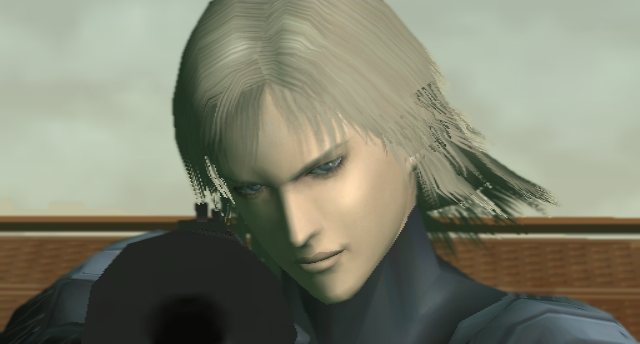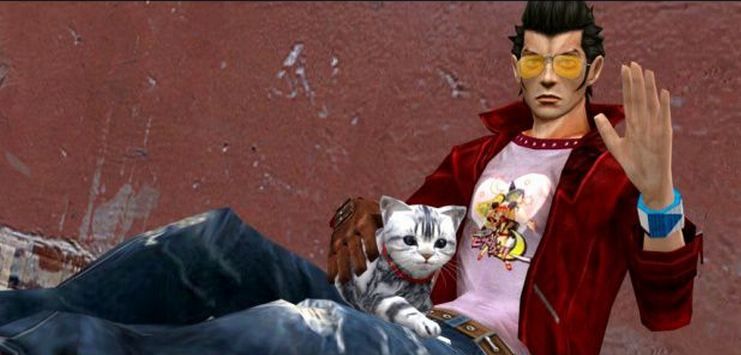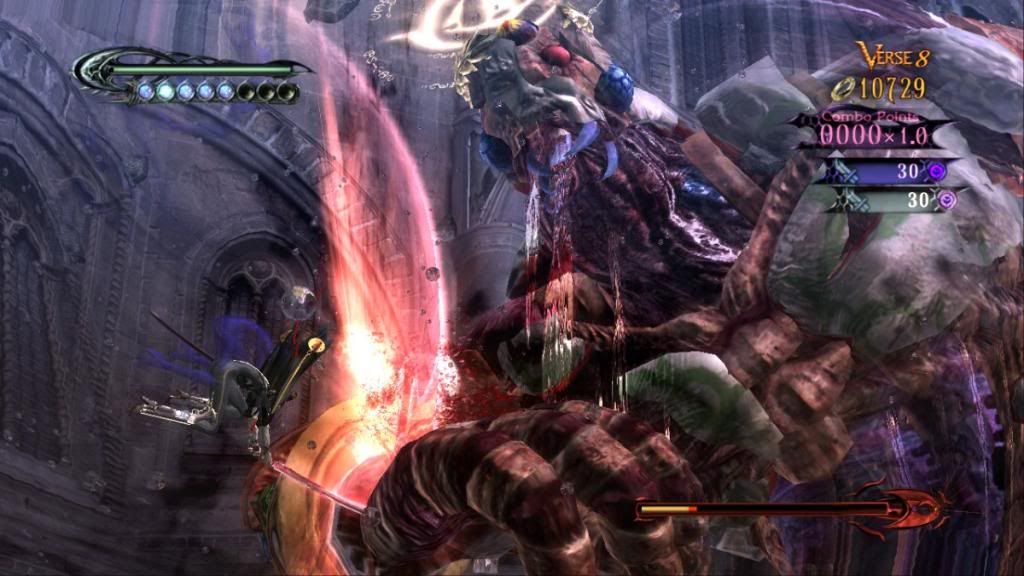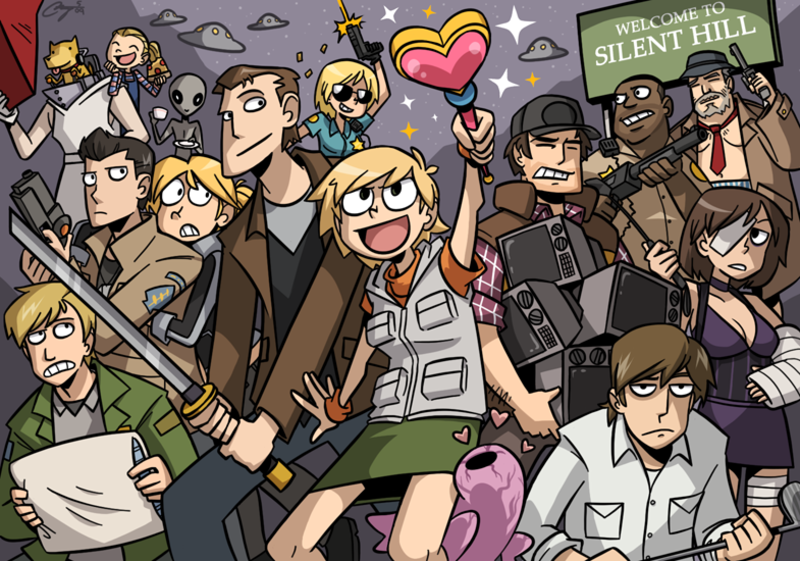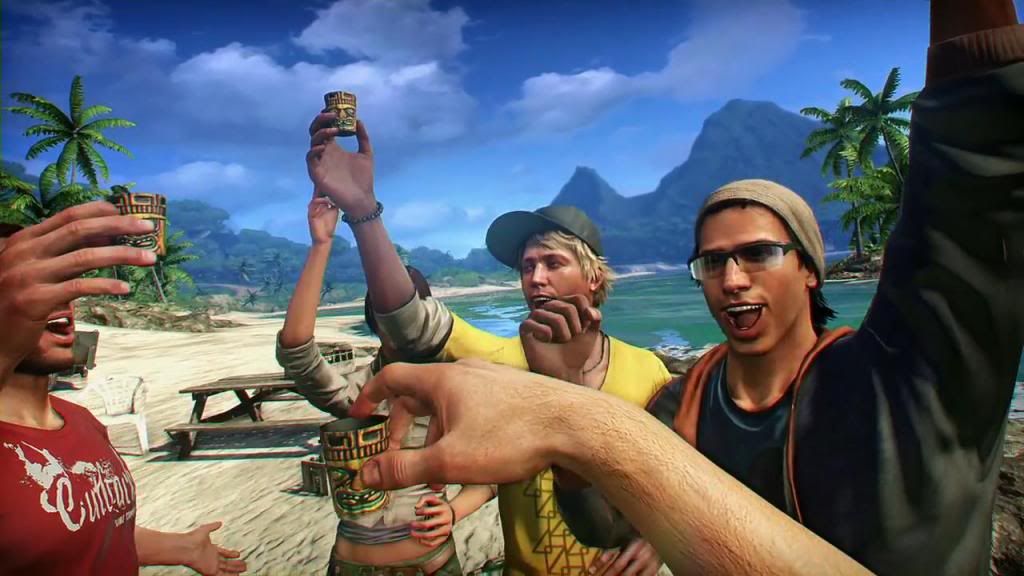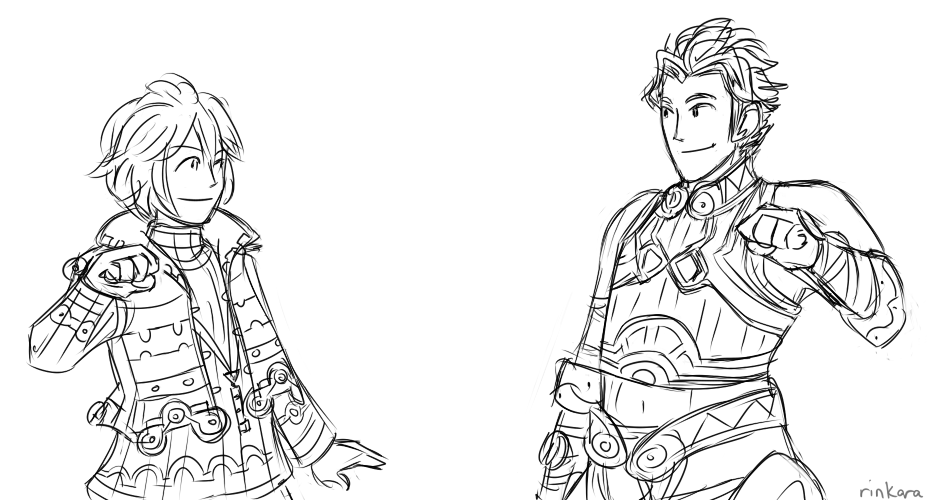So I finished Bioshock Infinite.
I didn’t like it.
First off, check this out.
This is the E3 trailer for Bioshock. I was pumped by this. I fell in love with the unusual locale and the gritty, visceral combat. The effectiveness of the trailer is that it’s so open-ended. What happened here? What am I doing with this little girl? What is THAT thing doing with this little girl? What other horrible powers can I use? Even the fact that it ends with the player’s death suggests that the player will have to be re-equipped with a whole bevvy of new combat options upon the game’s release.
Infinite pushed this kind of presentation to the limit with this 10 minute “gameplay” video.
Hype is a powerful thing, and Ken Levine certainly knows how to wield it.
The thing is, these videos are all just ideas. Sequential ideas. Lists in the form of a videos.
Truthfully, others have already gone through the broad issues I have with Infinite, like this guy, and this guy. All I have left is my own list of ideas.
The voice direction. Booker and Elizabeth have two very different problems. Troy Baker plays Booker as a very distinctly dull dude. He sounds like a good actor who received very little direction. But since Troy is a pro, he manages.
To me, it sounds like Courtnee Draper did not deal as well with the lack of direction. On the surface I understand what Elizabeth feels, but I often don’t get why.
Also, Elizabeth just sounds like some lady I could meet on the street today – her throaty casualness doesn’t click in 1912. I kept waiting for a plot reason why that should be. There isn’t one.
Elizabeth’s character frequently doesn’t make sense. The sequences up till meeting her in captivity is pretty intriguing – she seems to be pretty okay with her station in life. But then the moment the shit hits the fan, she’s like, “Let’s get out of here! The exit is this way!” and basically completely stops acting like someone who’s spent a huge portion of her life under lock and key.
The writing. “The only difference between Fitzroy and Comstock is how you spell the name.”
Aside from some real clunkers, Booker and Elizabeth constantly waver back and forth between period speak and modern colloquialisms. It’s especially infuriating since basically every other character actually pretty effectively acts like someone from 1912.
I mean, listen to the guy selling the Voxophones at the start of the game, and then listen to Elizabeth. (Or, shit, look at Elizabeth standing next to Mrs. Lin) Are they even from the same world?
Oh, yeah, the fucking Voxophone recordings. Some things never change, huh? This method of information diffusion was tolerable in the kooky world of Rapture. This shit makes zero sense in Columbia. Are you telling me an old black janitor would 1) be able afford a Voxophone, 2) buy a Voxophone, even though he clearly needs that money for other stuff, and 3) carry it around and use it while he is working?
Who is dropping all this recording equipment everywhere?! (Answer: The same people who are throwing money in the garbage) I will say that I was initially impressed at the way that the other sound levels would drop out so that you could hear the recordings, until some inconsequential dialogue started up, cutting off what turned out to be a pretty crucial recording.
Tape recordings are joined this time by nickelodeon-style moving picture viewers that take up even more of your time because you have to STAND STILL to use them, and yet are even less illuminating. They actually find a more insufferable way to convey information than background blithering.
All the goddamn noise. As bored as Booker and Elizabeth sound most of time, all the bit characters fucking commit. Like, the way bad guys scream. All the time. When they spot you, when they’re shooting at you, when they’re dying, when they’re being burnt alive, when they’re falling. Everything screams when I do anything to it. With the Big Bad’s saying threatening things over the microphone, cronies of every size running at you and shouting, robot cannons chiming and rat-a-tatting, Elizabeth telling you she can’t find anything even though you never asked, and a recording of a horrible old white man shouting about Lambs and Shepherds – fucking kill me. I’m only glad I could turn off the reminders telling me, “Your shield is broken! Find cover!”
None of the encounters are special. My favorite part of the game was fighting this horrible, ghostly boss that can constantly summon cronies to fight for it. Not only did I have to fend off mobs of dudes using all of my wiles, I also had to isolate and kill the boss before it summoned even MORE dudes.
Apparently, they thought this fight was so fun, they made me fight it two more times afterward.
This happens throughout the game. A new enemy is introduced in a semi-effective way, it’s defeated, it feels like a triumph, and then you… fight it again. No battle is unique.
There are never really any milestones. Powers and guns are distributed without much attention paid to the pacing or the mounting action of the story. One obstacle requires attaining a particular power to overcome it. This power is never used for such a purpose again.
The whole thing is extremely linear and yet extremely disjointed. I feel like every set piece could have been put into any order. There isn’t any escalation from one event to another.
Elizabeth’s powers are wasted.
The only time Elizabeth’s power does something interesting while playing the game is when she can make baskets of food materialize in the most impoverished part of the city. It highlights the sheer range of her powers, and clearly represents how someone like Comstock believes in the good it can do. (I’m not suggesting Comstock has any of the limited complexity of Andrew Ryan – he’s doesn’t)
The rest of the time, she can make hip-high walls and freight hooks and sniper rifles appear… in locations that are conveniently empty. There are maybe one or two fights where this can be pretty exciting – it feels like you’re actively taking control of the battlefield, summoning a mechanized patriot to take on another patriot, making a freight hook to get over and behind bad guys, etc.
But it’s, like… why can’t all that stuff already be there?
She also gives you health, salts, ammo, money. Stuff you can all get yourself. It invalidates the purpose of scrounging through the garbage for loot, because Elizabeth always finds items in such greater quantities.
You know what Elizabeth’s powers should have been used for? Getting Infusions – the things that increase your health, salts, and shield. That way your growth is intrinsically tied to Elizabeth – your advantage over everyone else in the game is your relationship to Elizabeth.
The twist isn’t really a twist because I didn’t know what was going on. A mystery only works if you can guess what the answer could be. If I have no expectation for how or why someone did something, why should I be surprised when I find out the answer?
The reason it takes forever for any important clues or tangible story details to be revealed, despite the shortness of the story, is that any single clue would unravel the mystery immediately. Especially if you played Bioshock – you’re already looking for the true identity of certain characters.
The big thing for me, though, is, the tone.
At one point Elizabeth very tearfully sums up her very complicated relationship with someone she once knew, and then–
“Hey, Booker, need some ammo?”
For all the importance being placed on the story and my relationship to Elizabeth, I sure feel like I’m walking around with an ammunition dispenser in a video game.
The most exciting parts of the game have really nothing to do with any of the gameplay mechanics. It’s mostly something neat happening while you watch. Even the sky-lines, one of the more exhilarating parts of the game, are just roller-coasters. The ending, while infuriating, is quite beautiful (Yes, Ken Levine has seen Inception, sure, whatever).
The only advantage Infinite’s ending has over The Third Birthday’s ending is shortness and prettiness.
The most interesting way you can look at Infinite is as a musing on the success of Bioshock. In Bioshock, your choices are stupidly distinct, leading to ending A or ending B. In Infinite, your choices all lead you to the same place.
But here’s the thing. Dishonored was more fun and Virtue’s Last Reward was more compelling.
If Infinite came out even half a year sooner, it would have seemed more clever. But literally every part of this game was done better in another game.
But Electronic Gaming Monthly gave it a 10 out of 10.
For years, the only perfect score EGM ever gave out was to The Legend of Zelda: Ocarina of Time.
The Ocarina of Time featured one-touch targeting, a giant interconnected world, a system distinguishing between day and night, and a world that changes over the course of time – all revolutionary ideas that are still visible in games being made today. A perfect score should indicate nothing short of revolutionary.
I don’t see anything revolutionary in Infinite. If anything, Infinite is regressive. No quick-time events, no cover system – things that were all true in Bioshock. Color-coded magic powers like in Bioshock, vending machines in silly voices like Bioshock, flavor text littered about the ground like Bioshock.
I DO see the appeal in Infinite. Really pretty, lots of things to listen to and look at, interesting ideas that almost flourish.
But 10 of out 10?
Come on, now.
You know the best part of the game? It’s whenever Elizabeth flips a coin at you. The animation and the sound effect are just… awesome.
